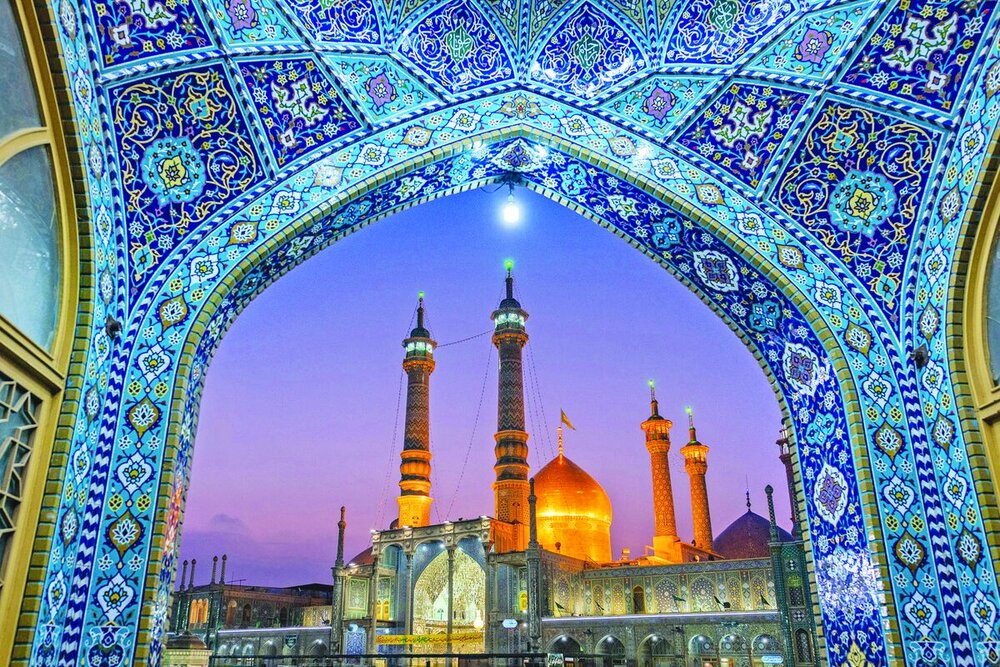
Fatemeh masumeh shrine
The Shrine of Fatima Masumeh is located in Qom, which is considered by Twelver Shia Muslims to be the second most sacred city in Iran after Mashhad.
Fatima Masumeh was the sister of the eighth Twelver Shi'ite Imam Reza, and the daughter of the seventh Imam Musa al-Kadhim (Tabari 60). In Shia Islam, women are often revered as saints if they are close relatives to one of the Twelver Imams. Fatima Masumeh is therefore honored as a saint, and her shrine in Qom is considered one of the most significant Shi'i shrines in Iran. Every year, thousands of Shi'i Muslims travel to Qom to honor Fatima Masumeh and ask her to ask God for blessings. Also buried within the shrine are three daughters of the ninth Twelver Imām Muhammad al-Taqī.
Though Shi'i theology formally states that the relatives of the Imams, or Imamzadehs, hold a lower status than the Imams, popular Shi'ism still strongly venerates imamzadehs.In Iran, there are many more burial places of the Imams' relatives than there are for the Imams themselves. Imamzadehs are considered to be close to God and religiously pious because of their close relation to Imams. Shi'is commonly travel on pilgrimages to shrines of imamzadehs, such as the Shrine of Fatima Masumeh, the sister of the 8th Imam 'Ali al-Rida, in Qom, Iran. Men and women seek cures to ailments, solutions to problems, and forgiveness of sins at these sites.Many hadiths, or teachings, are recorded from Shi'i Imams praising the veneration of Fatima Masumeh, and proclaiming that those who make a pilgrimage to her Shrine will "certainly be admitted to heaven."
Fatima Masumeh's Shrine in Qom is crowded every day of the year with Shi'i men, women, and children from all around the world. Some stay for hours or days praying at the mosque and circumambulating her tomb. The economy of Qom has become reliant on this pilgrimage for the tourism it brings.In turn, Qom has remained conservative and traditional to maintain a pious environment for pilgrims.Many miracles have been recorded as taking place at this shrine, and they are documented in a special office within the shrine complex. Some are published in the shrines monthly newspaper, the Payam-e Astan.

